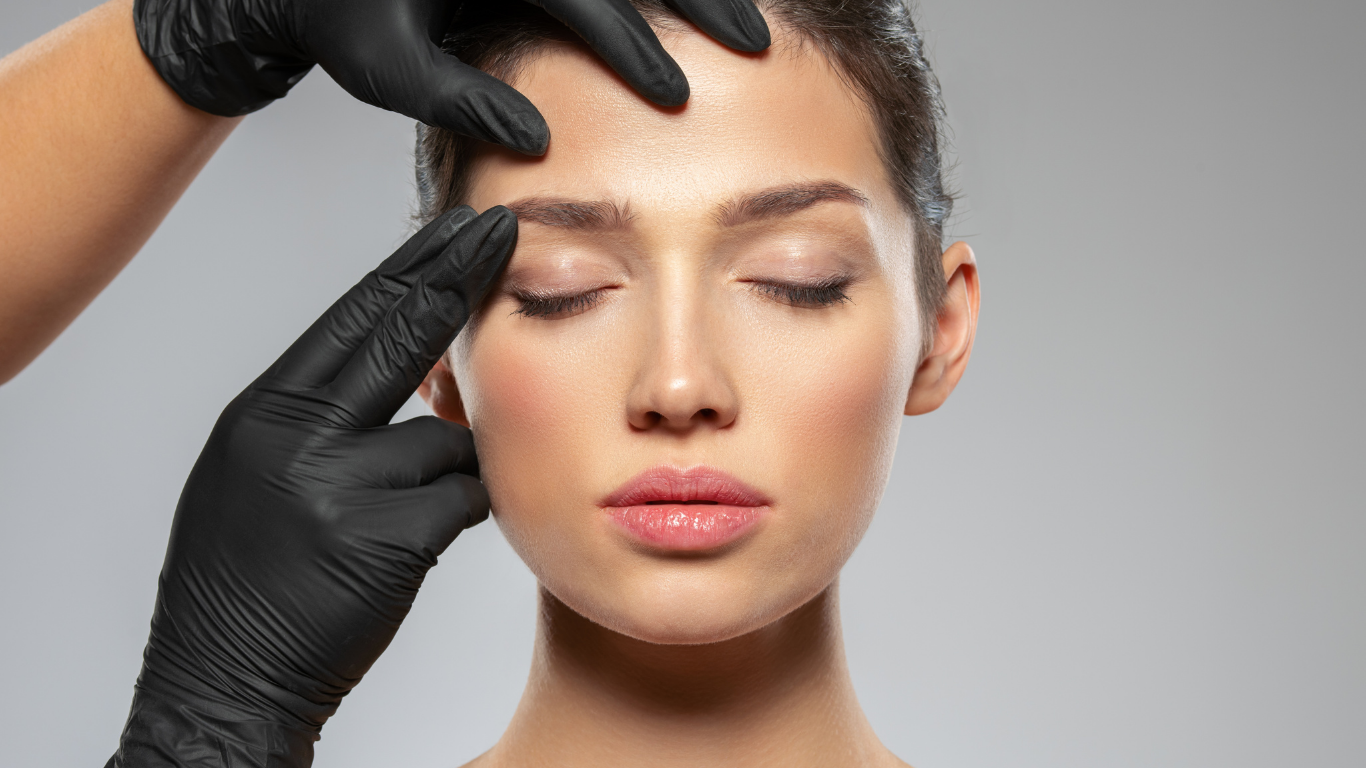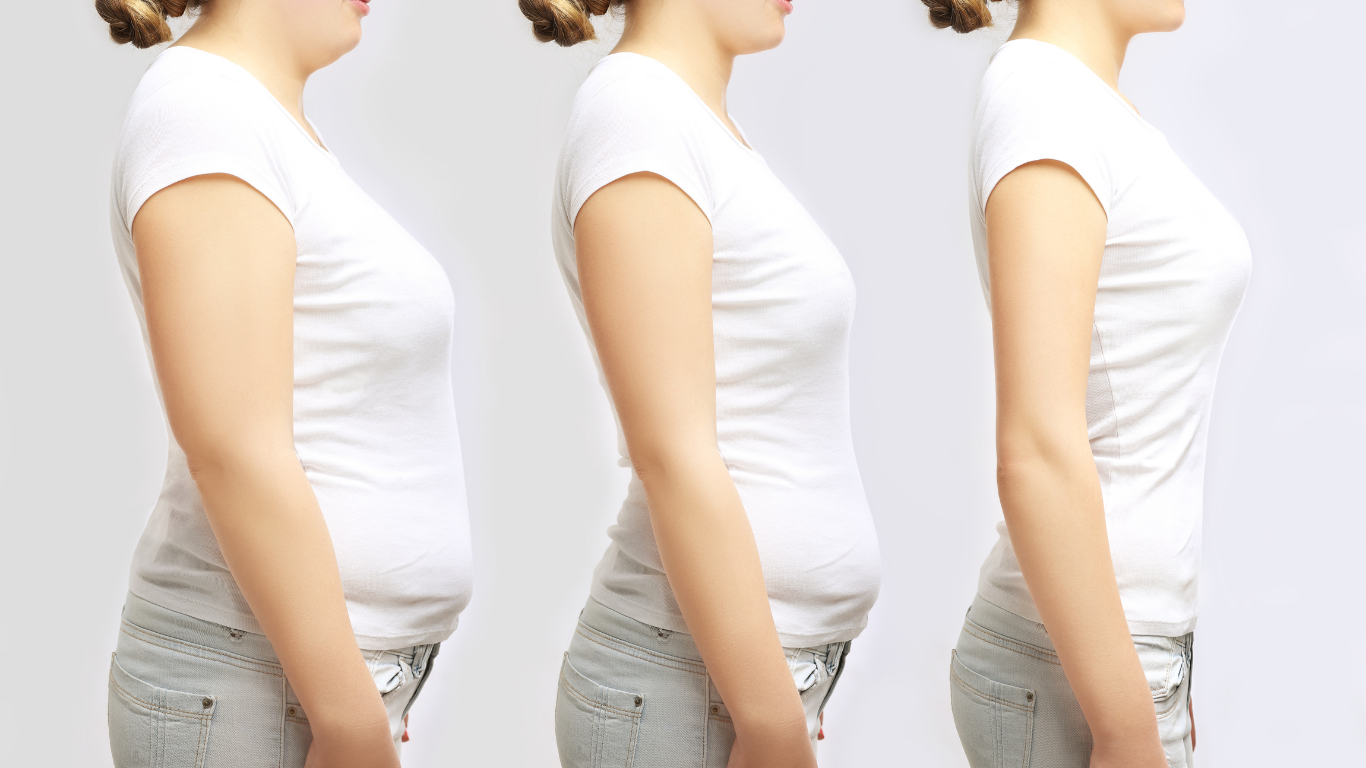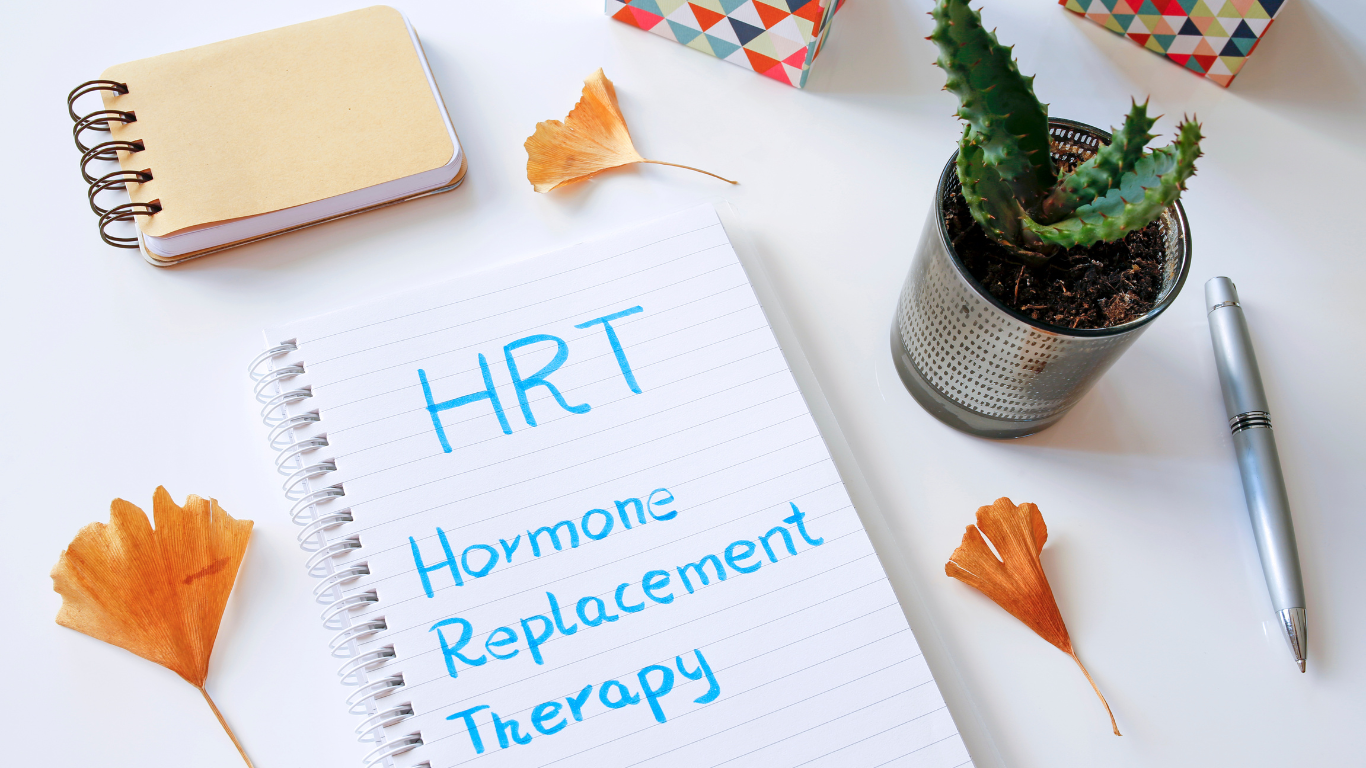Is Botox an Option for Frown Lines?
Frown lines, those pesky creases that form between the eyebrows, often serve as unwelcome reminders of aging and repeated facial expressions. Fortunately, Botox, a popular non-surgical cosmetic treatment, offers a solution to soften and diminish these lines, helping individuals regain a smoother and more youthful appearance. In this blog, we will delve into the world of Botox for frown lines, exploring how it works, its benefits, potential side effects, and what to expect during the treatment process. Whether you're curious about this cosmetic option or considering it for yourself, this exploration of Botox as a remedy for frown lines will provide valuable insights and guidance.
What Cases Frown Lines?
Frown lines, also known as glabellar lines or 11 lines, typically develop as a result of various factors, including:
Aging: The natural aging process leads to a reduction in the production of collagen and elastin in the skin, causing it to lose elasticity and become less able to bounce back from repeated muscle contractions. Over time, this can result in the formation of lines and wrinkles, including frown lines.- Facial Expressions: Frown lines are often caused by repeated facial expressions. When you furrow your brow or squint your eyes, the muscles between your eyebrows contract, creating folds in the skin. Over time, these repeated muscle contractions can lead to the development of frown lines.
- Sun Exposure: Chronic sun exposure can accelerate the aging process of the skin and contribute to the formation of wrinkles, including frown lines. Ultraviolet (UV) radiation from the sun can damage collagen and elastin fibers in the skin.
- Genetics: Your genetics play a role in how your skin ages and where wrinkles may develop. Some people may be genetically predisposed to develop frown lines earlier or more prominently than others.
- Smoking: Smoking can accelerate the aging process of the skin and contribute to the development of wrinkles, including frown lines. Smoking reduces blood flow to the skin and depletes it of essential nutrients.
- Poor Skincare: Neglecting proper skincare, such as not moisturizing or not using sunscreen regularly, can make the skin more prone to developing wrinkles, including frown lines.
- Dehydration: Dehydrated skin is more susceptible to wrinkling. Staying adequately hydrated is essential for maintaining skin health.
- Environmental Factors: Exposure to environmental pollutants and toxins can also contribute to premature aging of the skin and the development of wrinkles.
While these factors can contribute to the formation of frown lines, it's important to note that their severity and onset can vary from person to person. Some individuals may develop frown lines earlier in life or have more prominent lines due to a combination of genetics, lifestyle, and environmental factors. If frown lines are a concern, there are various cosmetic treatments, including Botox and dermal fillers, that can help reduce their appearance.
Is Botox an Option for Frown Lines?
Botox is commonly used as an option for treating frown lines, which are also known as "glabellar lines" or "11 lines." Botox is the brand name for a type of botulinum toxin that is injected into specific muscles to temporarily paralyze them. When used for cosmetic purposes, Botox can help reduce the appearance of frown lines by relaxing the muscles responsible for creating those lines.
Here's how the process generally works:
Consultation: You would typically start with a consultation with a member of our team. They will assess your facial anatomy and discuss your goals and expectations.- Injection: During the treatment, we will use a fine needle to inject Botox into the muscles between your eyebrows and/or on your forehead. The injections are relatively quick and typically not very painful.
- Results: Botox works by blocking nerve signals to the treated muscles, causing them to relax. This can lead to a reduction in the appearance of frown lines and wrinkles in the treated area. You may start to see results within a few days, with full results usually visible within about a week.
- Maintenance: The effects of Botox are temporary, usually lasting for several months (typically 3 to 6 months). To maintain the results, you may need to repeat the injections periodically.
Will I Need Regular Botox Injections for Glabellar Frown Lines?
If you choose Botox as a treatment for glabellar frown lines, you will typically need regular injections to maintain the results. Botox is not a permanent solution for wrinkles and fine lines; its effects are temporary and typically last for several months, usually around 3 to 6 months. After this period, the muscle activity in the treated area gradually returns, and frown lines may reappear.
To maintain the desired results and keep frown lines at bay, you'll need to schedule follow-up Botox injections. The exact frequency of these injections can vary from person to person, but many individuals find that they need maintenance treatments every 3 to 4 months.
It's essential to work closely with our team who can assess your specific needs, monitor your progress, and recommend the appropriate timing for follow-up injections. They can help create a personalized treatment plan to ensure you achieve the results you desire while minimizing the risk of over-treatment or undesirable outcomes.
Keep in mind that Botox is just one of several options available for addressing frown lines, and the best approach for you may depend on your individual preferences and circumstances. Other treatments, such as dermal fillers.




